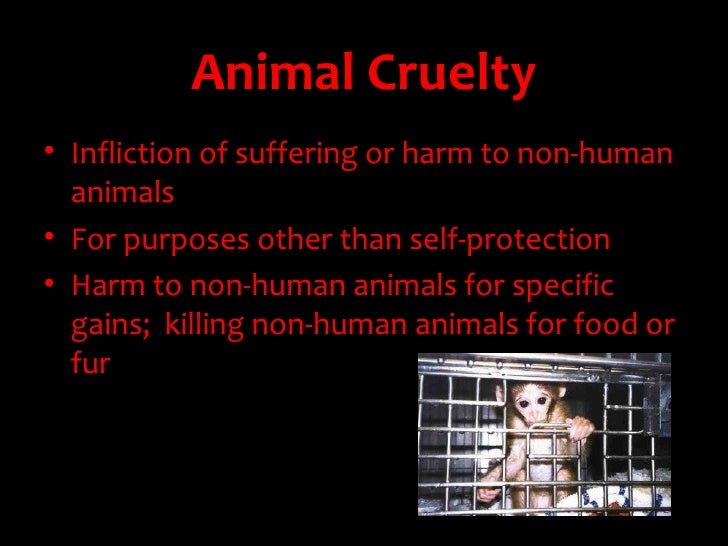In our vast ecosystem, insects are some of the most numerically dominant organisms. Their ecological roles are imperative, making our inquiry into the ethics of killing bugs an intriguing one. This subject, which falls under the umbrella of micro-ethics, beckons us to question the moral implications of such actions.
To fully immerse ourselves in this discourse, it is essential to categorize the types of insects and consider their ecological significance. Insects can be divided into various groups: beneficial insects, harmful pests, and neutral species. Each category deserves distinct consideration in terms of ethical implications.
Beneficial insects, like bees and butterflies, play crucial roles in pollination and maintaining biodiversity. They sustain floral ecosystems and promote agricultural productivity. Killing these insects could jeopardize not only their populations but also the larger web of life that relies on them. In this case, ethical considerations lean toward conservation, emphasizing the intricate balance of ecosystems that these insects help sustain.
On the other end of the spectrum, harmful pests such as cockroaches and termites often incite immediate aversion. Many see them as invaders, leading to drastic measures to control their populations. Yet, even these creatures serve vital functions within their ecological niches. Cockroaches, for instance, are decomposers; their role in breaking down organic matter is pivotal in nutrient cycling. A conscientious ethical framework would advocate for humane deterrence methods rather than outright extermination.
Then we encounter the neutral insects, which exist in a less clear-cut moral territory. These may include species like ladybugs, which commonly go unnoticed yet possess essential ecological roles akin to their more revered counterparts. The ethics of extermination here turns on the context: is their extermination necessary? Or can coexistence be achieved through more humane means?
Delving deeper into the concept of micro-ethics—the moral principles that govern small-scale interactions—invites reflections on intent and consequence. If one kills a bug, is it purely an act of self-preservation or nuisance control? Or does it stem from a deeper-rooted belief that all life possesses intrinsic value? This debate uncovers varying worldviews, from anthropocentrism, which prioritizes human needs, to biocentrism, positing that all living beings deserve moral consideration.
The societal norms that dictate whether killing a bug is seen as an acceptable practice often hinge upon cultural contexts and individual beliefs. In some cultures, there exists a strong spiritual connection to all life forms, leading to practices that prioritize compassion and respect for every creature. Conversely, in others, the predominant ethos may lean towards practicality, valuing human convenience over ecological consideration. Herein lies a complexity of morality; what may be considered an act of cruelty in one culture could be perceived as a necessary evil in another.
Moreover, one could argue that the act of killing bugs often stems from ignorance. The lack of understanding about an insect’s role in the larger ecological framework can manifest in indiscriminate hostility. Educational efforts aimed at spreading knowledge about insect life cycles, their ecological functions, and humane control methods could significantly shift public perception. By fostering awareness and understanding, it becomes possible to cultivate a more compassionate approach towards all living beings.
Another dimension to consider is the psychological aspect of killing bugs. Many people experience varied emotional responses when confronted with an insect. For some, the instinctual response might be repulsion or fear, motivating a desire to eliminate the perceived threat. Others might feel guilt or remorse after the act, suggesting an inherent recognition of life’s value, even when it comes to creatures deemed insignificant. This cognitive dissonance illuminates a fundamental truth: even our smallest inhabitants can provoke profound ethical reflections.
Furthermore, the question of whether killing a bug constitutes animal cruelty may also hinge on the method employed. For instance, squashing an insect outright could be viewed as a more violent action, whereas using catch-and-release traps may be considered a more humane alternative. This raises another ethical consideration: the responsibility of the individual to choose methods that align with their moral compass and understanding of life.
Consequently, it is worthwhile to explore the concept of empathy toward all living beings, regardless of size. Cultivating a mindset that values life—including that of insects—could foster respect for the broader ecological system, urging humanity to view the world through a lens of interconnectedness. Embracing this perspective may compel individuals to enact change, whether by adopting minimal intervention practices in their own lives or by advocating for broader societal shifts in how we view insect life.
As we traverse this intricate web of ethical considerations, it becomes increasingly evident that the question of whether killing a bug is considered animal cruelty is not merely a simple binary. Rather, it encompasses a spectrum of moral perspectives informed by ecological significance, social norms, and individual beliefs. The dialogue surrounding micro-ethics not only challenges us to reconsider our everyday actions but also to embody a more profound respect for the life forms that share our planet.
In summation, while the act of killing a bug may seem trivial in light of more substantial moral issues, it presents an opportunity for reflection on our relationship with all creatures, regardless of size. Each interaction serves as a potential lesson in empathy and responsibility, urging a more compassionate approach towards every sentient being that constitutes our intricate ecosystems.








